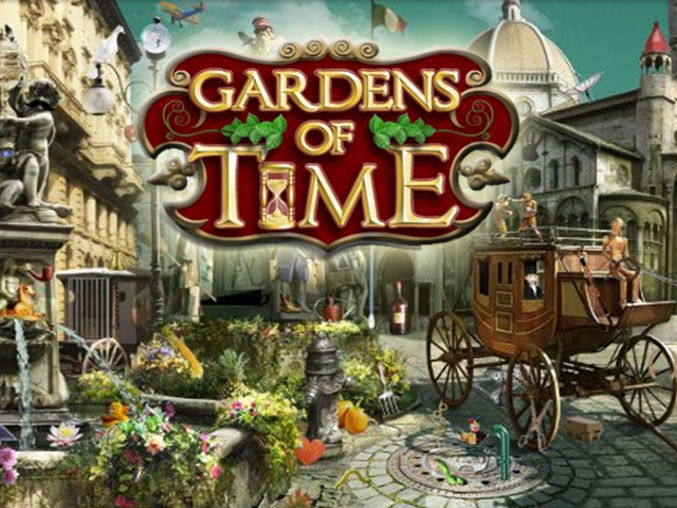

In these pictures, I was only working with the concepts of shape and placement of free tiles at the start of the game.

We can check other traditional designs to see if something else works better. As you can see, there are several blocked tiles which could frustrate new players. Tiles can only be played if they are free on the left or right. This is the most traditional pattern in single-player mahjongg. With that in mind, let’s take a look at how we got to the current game! Our version was designed for beginners who don’t play many video games. In computer games, we commonly come across a single-player variant which has preset tiles, where the player matches pairs to clear the board. It uses tiles and would be most similar to dominos. Mahjongg is a traditional Chinese game played with four players. The legwork for this game was done with physical tiles, and a notebook for recording tile patterns, calculating total number of pairs, and the number of free tiles available. Surprised to see this game in development without a computer? We’ve found that sometimes a ‘paper prototype’ can work to make sure a game is fun before we start programming. Here’s a look at what my desk looked like while working on Mah Jongg Moolah. Some of you might be wondering…how exactly does an instant win game get designed? Well, it just so happens that I took some photos as I went throughout the game design process for Mah Jongg Moolah, and I’m very excited to share with you blog readers how we developed this instant win game! Have you seen the Daily Instant Win Games on PCHGames? It’s the fun way to try to win $250, $500, or $1,000 – instantly! Plus, when you complete all three games, you earn a bonus $10 Million Sweepstakes entry.


 0 kommentar(er)
0 kommentar(er)
